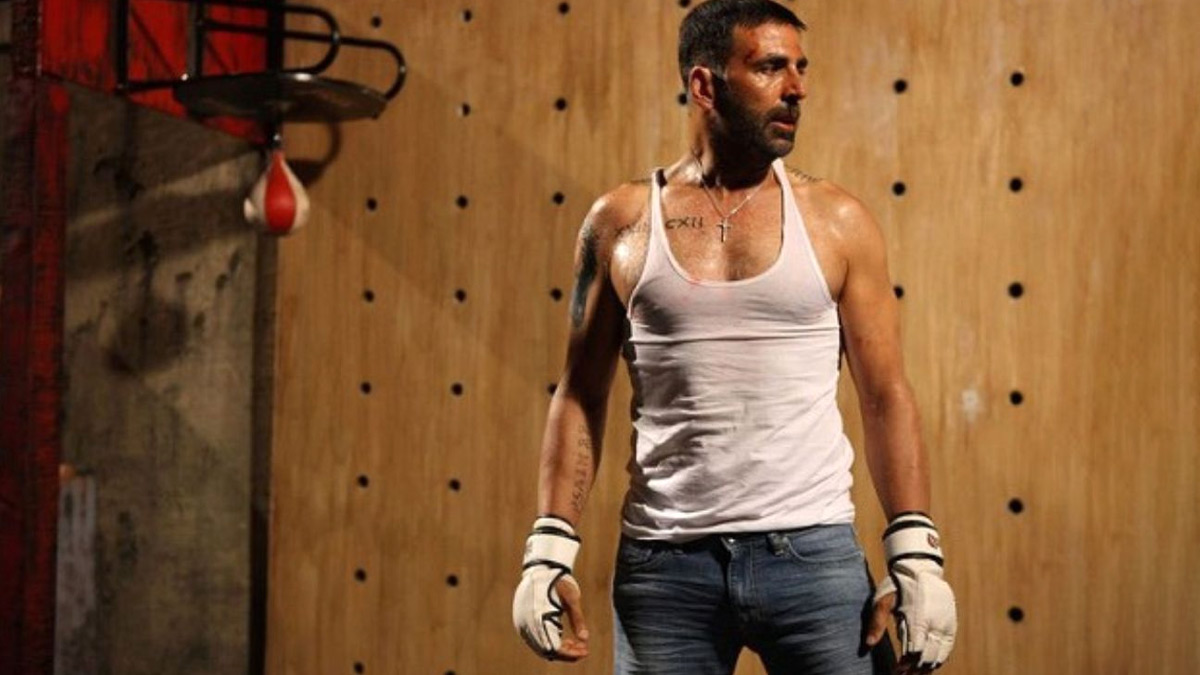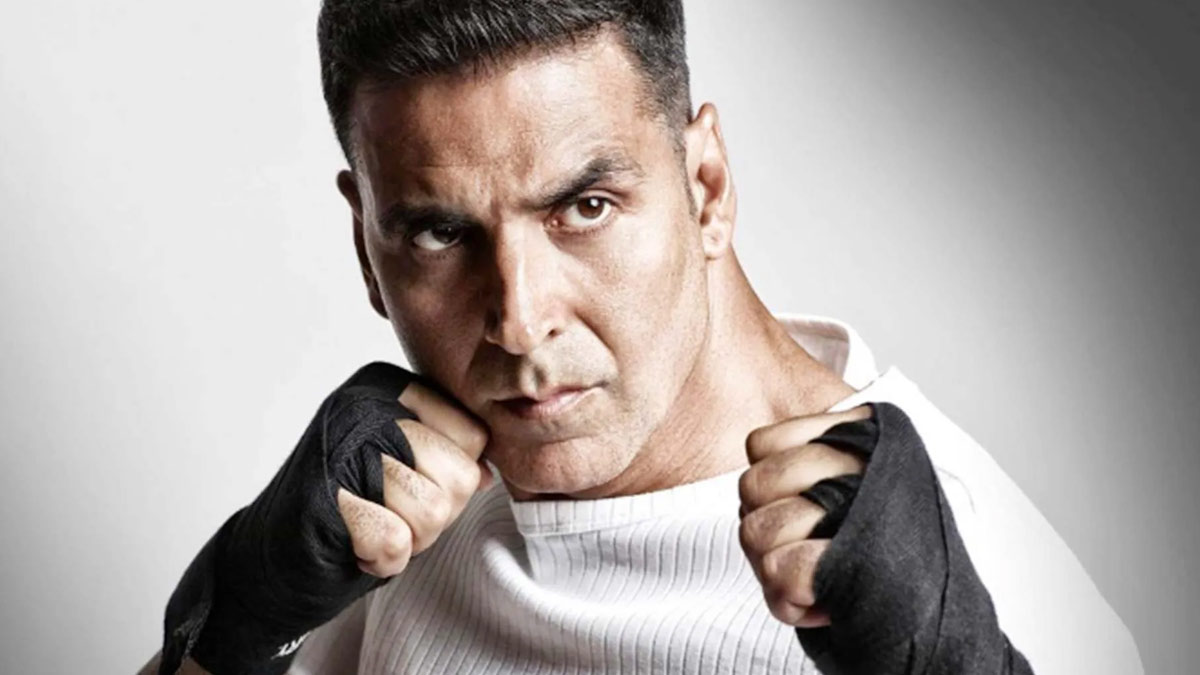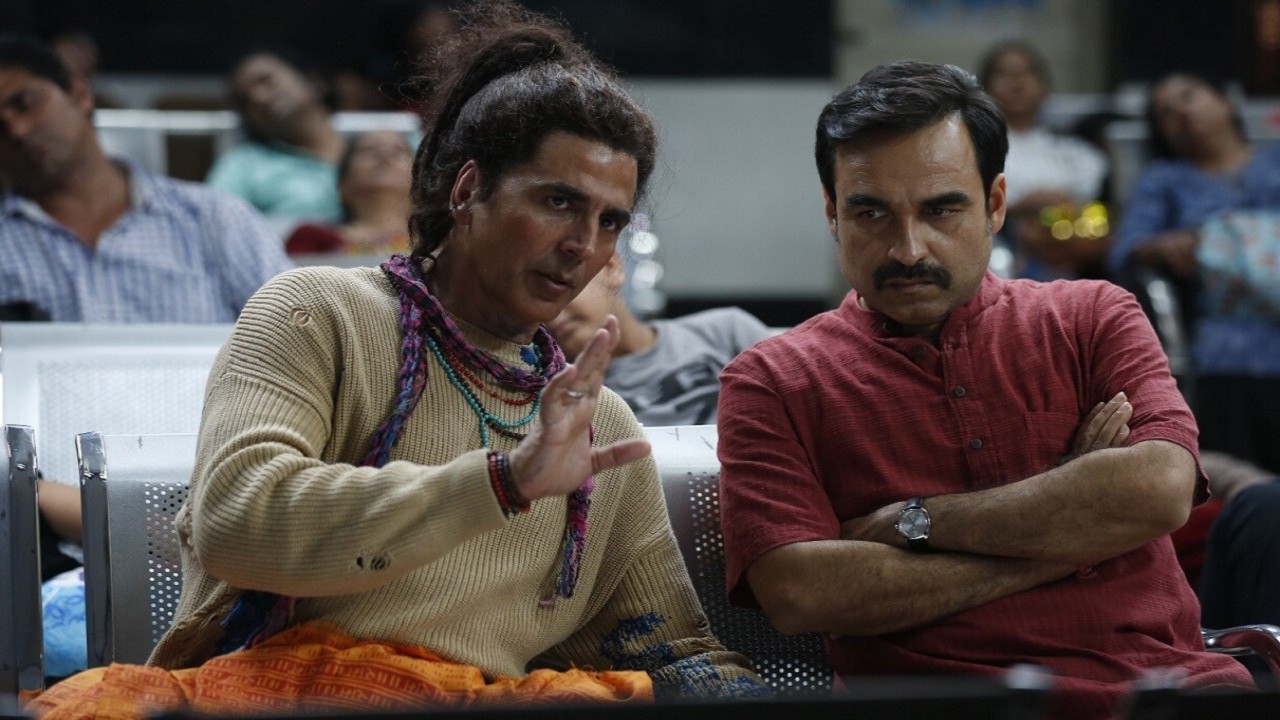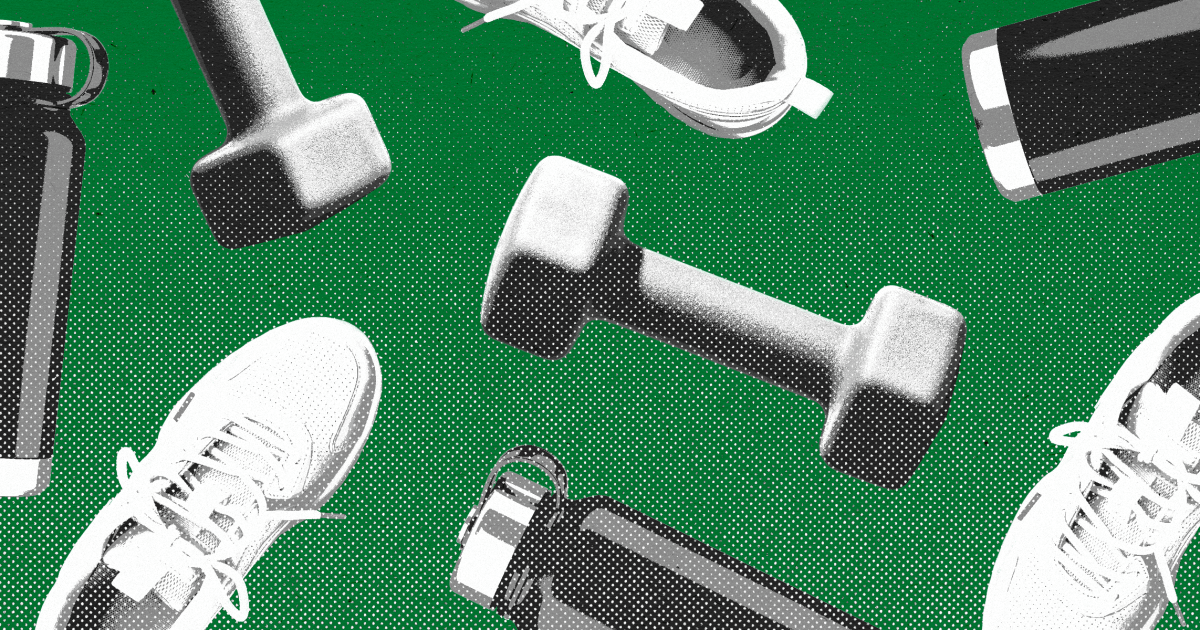Amidst the glittering lights and opulent allure of Bollywood, Akshay Kumar emerged as a trailblazer, reshaping conventional fitness paradigms during the filming of ‘Singh is Kinng’. Neha Dhupia’s revelation regarding their daily ascent of a towering 70-storey building’s fire escape in Australia offers a glimpse into Kumar’s unconventional ethos towards exercise. Far from a mere physical challenge, this regimen served as a profound symbol of his holistic approach to well-being, embodying an ethos that transcended the boundaries of traditional fitness routines.

Challenges and Triumphs
Also Read: Radhika Stood Like A Rock As I Battled Health Issues, Says Anant Ambani; Health Issues That Come With Obesity
Scaling 70 floors each day was no trivial task; it demanded a profound reservoir of mental resilience and unwavering determination from the entire cast and crew. Beyond the physical exertion, the ascent symbolized a journey of self-discovery and collective empowerment. With luminaries such as Sonu Sood and Katrina Kaif joining the arduous climb, Kumar’s leadership galvanized a shared commitment to health and fitness among the ensemble. More than just a routine, this endeavour epitomized Kumar’s capacity to cultivate discipline and foster a sense of camaraderie within his team, transcending the boundaries of conventional filmmaking.
Akshay Kumar: Embodiment of Fitness
Also Read: Eating Disorder Awareness Week 2024: Common Types of Eating Disorders
Akshay Kumar’s dedication to fitness transcends the confines of his on-screen persona, permeating every facet of his lifestyle. His integration of fitness into the fabric of ‘Singh is Kinng’s production exemplifies his unwavering commitment to lead by example and prioritize the well-being of his colleagues. By championing a culture of health and vitality on set, Kumar demonstrated his belief in the transformative power of physical activity, inspiring a generation of fans worldwide to embrace a more active and health-conscious way of life. His influence extends far beyond the realm of Bollywood, resonating with individuals from all walks of life who aspire to emulate his ethos of holistic wellness.
Inspiring a Global Movement
The narrative of the ‘Singh is Kinng’ cast embarking on their daily ascent reverberates far beyond the confines of Bollywood, echoing a universal message of resilience and unity. Kumar’s visionary approach to integrating fitness into the film’s production underscored the profound significance of teamwork and collective endeavour in achieving shared goals. Beyond mere entertainment, Kumar’s initiative served as a catalyst for a broader societal shift towards prioritizing physical health and mental well-being. As we reflect on this extraordinary chapter in Bollywood’s history, Kumar’s indelible impact on fostering a healthier, more empowered society emerges as a beacon of inspiration for generations to come.































